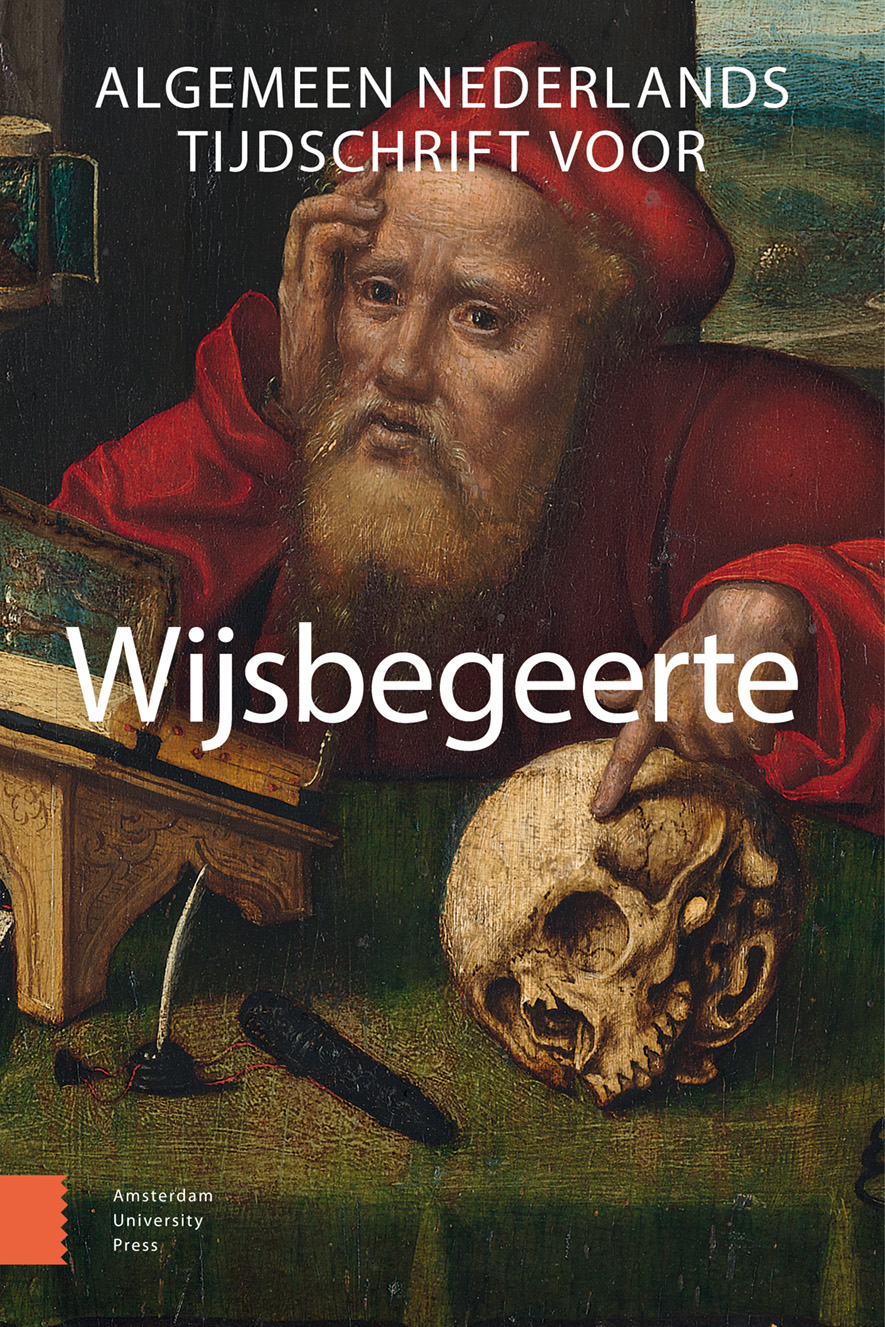-
OAHet web-model
Een nieuw verklaringsmodel voor neuroimaging studies
- Amsterdam University Press
- Source: Algemeen Nederlands Tijdschrift voor Wijsbegeerte, Volume 111, Issue 3, Oct 2019, p. 419 - 432
-
- 01 Oct 2019
Abstract
The web-model: A new model of explanation for neuroimaging studies
What can neuroimaging tell us about the relation between our brain and our mind? A lot, or so I argue. But neuroscientists should update their model of explanation. Currently, many explanations are (implicitly) based on what I call the ‘mapping model’: a model of explanation which centers on mapping relations between cognition and the brain. I argue that these mappings give us very little information, and that instead, we should focus on finding causal relations. If we take a difference-making approach to causation, we can find manipulation patterns between neural and cognitive phenomena and start constructing satisfying explanations in neuroimaging studies: explanations based on what I call the web-model of explanation. This model of explanation not only contrasts with the mapping model, but is also different from Craver’s constitutive mechanistic model of explanation (2007), which takes the constitutive relation to be the main explanatory relation. Taking the difference-making idea of the importance of manipulation and control seriously, means that sometimes, causal relations are preferred over constitutive relations. If we follow the web-model of explanation, we can do justice to the central role that causation should play in neuroscientific explanations.


